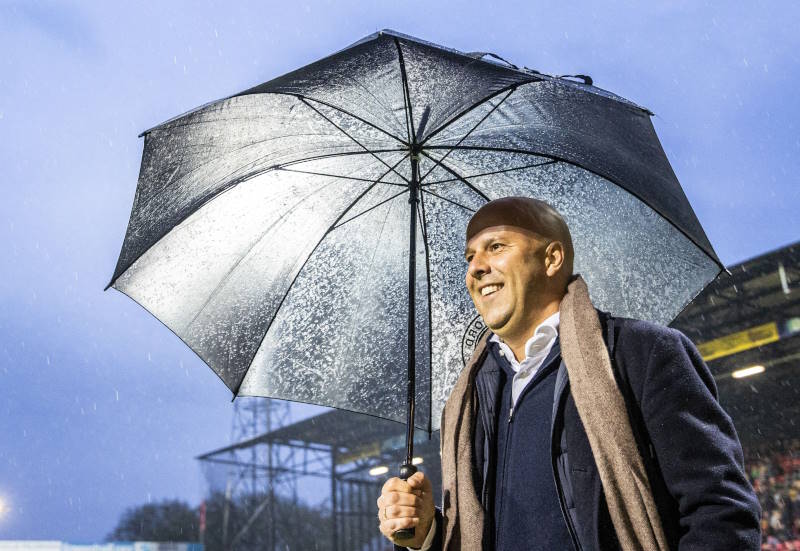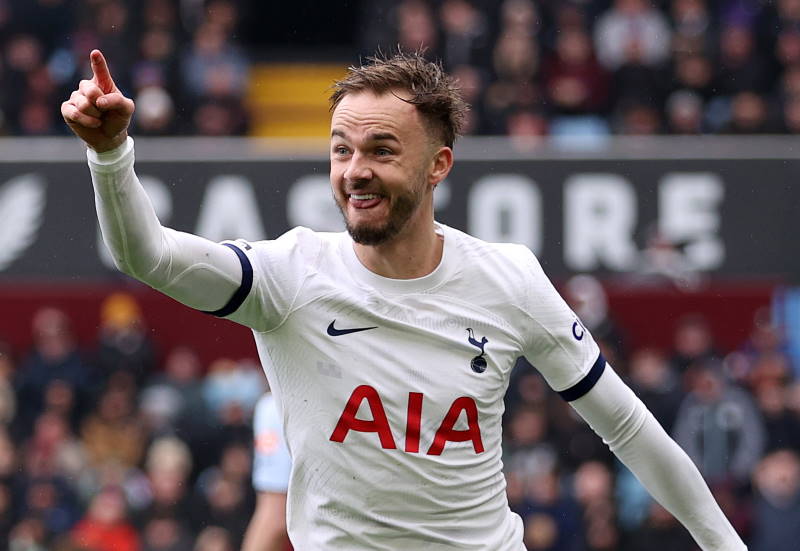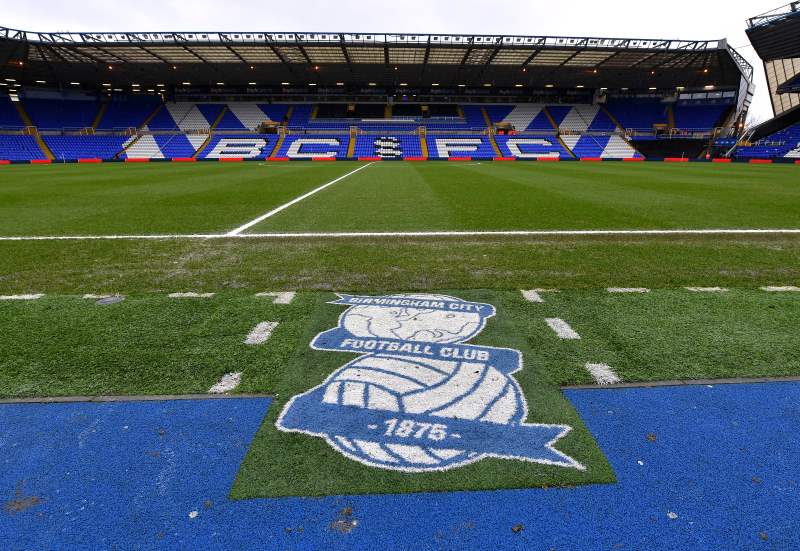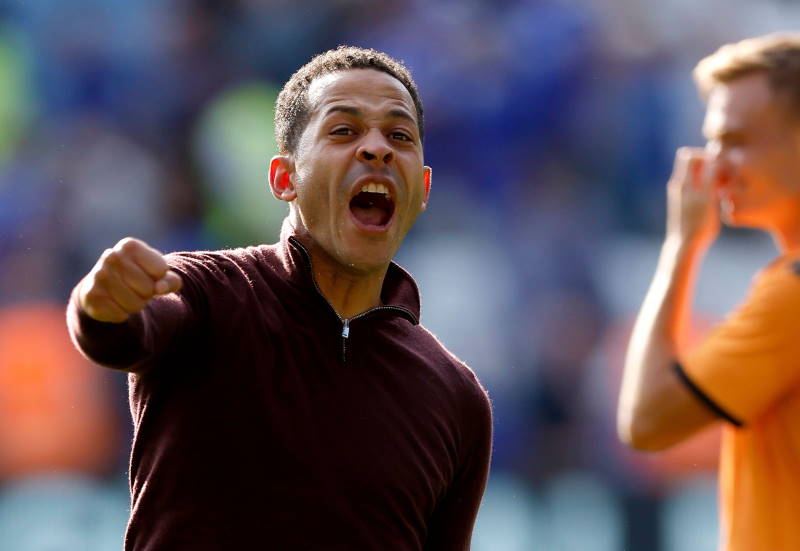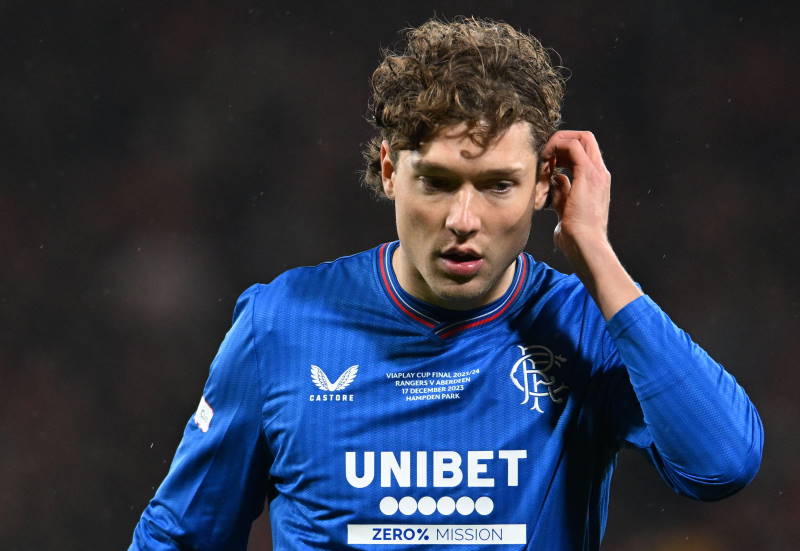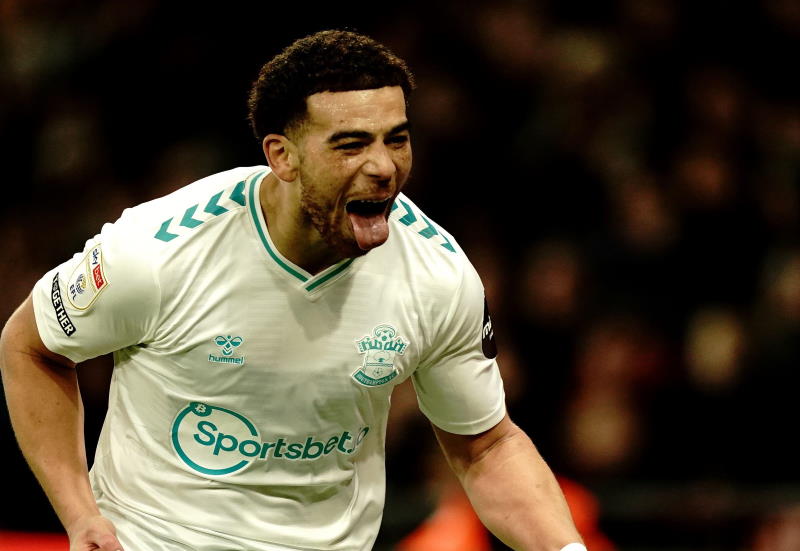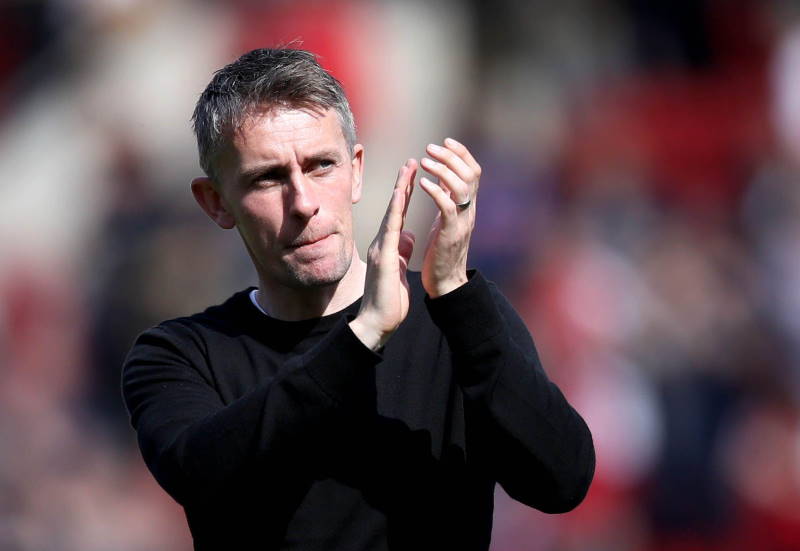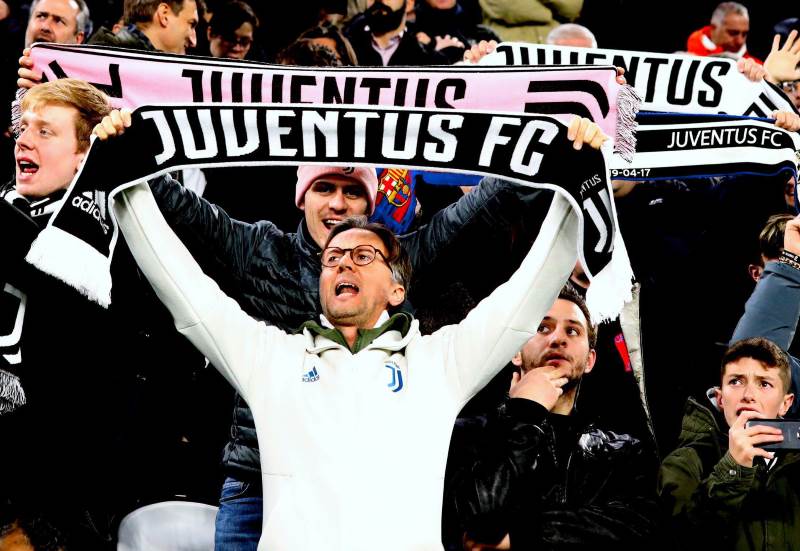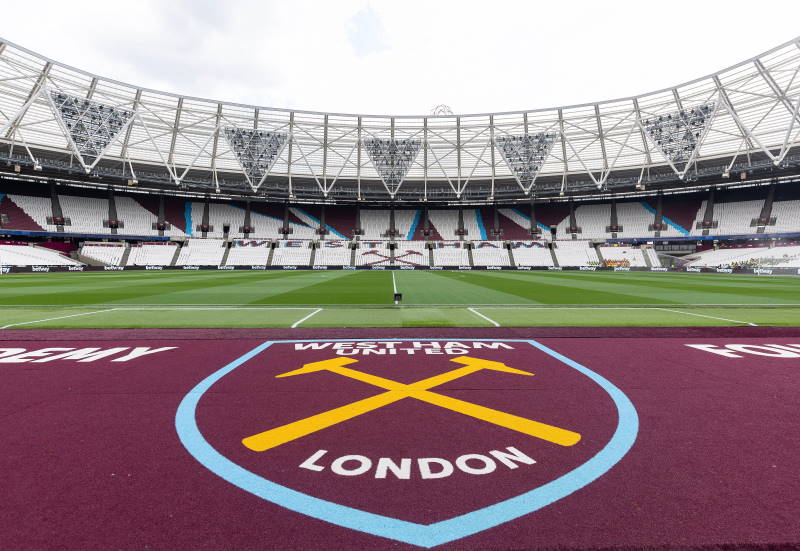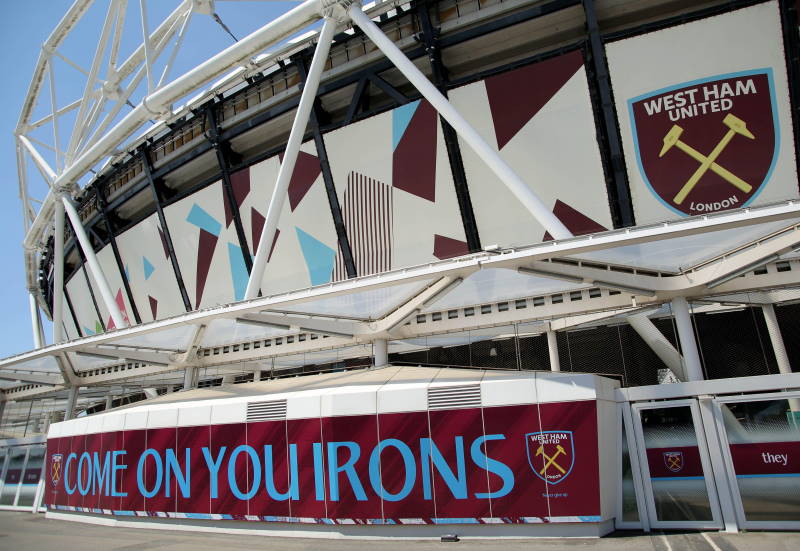
Stephen Maio
For those of you who are like me, a fan of the beautiful game in your early 20s, have you ever come across any clips of old soccer games and had a look at them? What a difference you see. The gameplay and passion of the crowd remain the same but many aspects of the game are different. The players seem to be slightly slower and smaller. The gear is really different in general. The balls are different. The kits are heavier and have collars while the boots are bulkier. There are no names on the back of the jerseys. The game is void of any sponsors on jerseys and along the sidelines.
Oh how the game has grown. Tactically and stylishly the game has evoled massively over the years. While the game itself has grown over time, the business aspect of it has grown as well. Credit the early 1990s, not only known globally for the Gulf War, the launching of the World Wide Web and the unification of Germany, but quite possibly the development of the founding basis for the current business structure of the game of soccer. In this article I am going to need you to stick with me, because we are going to take a journey through the past few decades to touch upon one of the hottest topics in the game today.
The 1990s started the mega acceleration of the game. Major things happened in a span of five or six years that put the game on the highway to becoming what it is now, and the future is only brighter, and more expensive. In 1990 the decade kicked off with the FIFA World Cup in Italy, an event that saw the increasing popularity of the game rise notably. That year also saw UEFA lift the five year sanction it had held on English clubs competing in European competiton, a ban handed down in 1985 following the Heysel tradgedy.
In 1992, England announced the forming of the English Premier League, replacing the English First Division . The newly formed top division would have commercial independence from the Football Association and the Football League, giving the FA Premier League license to negotiate its own broadcast and sponsorship agreements. This was considered necessary so that English clubs could once again compete with and beat the best of Europe following their ban, while attracting the best talent in the world, something which in 1991 seemed practically unthinkable. It is now the world’s most lucrative league, with combined club revenues of around £1.4 billion in 2005–06, which are expected to rise to around £1.8 billion for 2007–08 due to media revenue.
That year was also significant because it saw the birth of the UEFA Champions League, which evolved from the European Champion Clubs’ Cup. When the Champions League was created in 1992, it was decided that a maximum of eight companies should be allowed to sponsor the event, with each corporation being allocated even spots on billboards around the pitch, logos in interviews and tickets. This, combined with a deal to ensure tournament sponsors were given priority on television advertisements during matches, ensured that each of the tournament’s main sponsors was given maximum exposure in the world’s prime multinational competition.
I regard this year, due to the corporate structure of both of these leagues, as a major historical turning point in the game. The English game was stunted following the five year European ban as a result of Heysel and it suffered because of it. Upon their subsequent return to European competition, English clubs were not on the level of the elite from other nations. The country’s swift response to restoring the power in English football was the creation of the Premier League.
The Premier League operates as a corporation, with shareholders, a chariman, a CEO and a board of directors to oversee the leagues daily operations. The league’s forming and independence in aggressively pursuing revenue and expansion is quite possibly the birth of today’s competitive game as we know it. Yes it was a league, but this time it was also a business.
UEFA, already regulators of a premier top level competition, transformed their product into a global marketing opportunity. Coincidence that it was launched exactly when English clubs returned after a five year hiatus?
By the time the 1994 World Cup came around, the game had already made significant strides out of the scandal and tragedy blotted 1980s and into a fascinating and constantly evolving enigma. FIFA did well to award the competition to the USA, and it thrust the spotlight of the game’s greatest stage onto a nation which adores the limelight. A perfect fit. Up until then Americans had only thought futbol was just what they said the Dallas Cowboys played in Spain. The 1994 World Cup gave the USA a good chance to see what was going on across the globe, and while it only made ripples in the country for a month, it was long enough to catch the attention of some, and long enough for the MLS to make its way.
Some 3.6 million fans attended the games on U.S. soil at that tournament, by far the most in World Cup history, and television ratings were double and triple what sponsors, who pumped an estimated $300 million into the tournament, expected. The final between Italy and Brazil posted a 12.4 overnight Nielsen rating, the largest ever for a soccer match in the U.S.
The game continued to grow throughout the decade. The Premier League helped stabilize the English game, and the Champions League multiplied like compound interest as every major company wanted to be that commercial during half-time.
The business structure of the game as we know it altered drastically during the 1990s, as millions of dollars were pumped into the sport. Sponsorships, media contracts, lucrative bonuses and participation extras are just some of the main sources of revenue for soccer powers these days that were substantially lower or in cases even non-existent before that decade. One of the greatest indicators of how high the game has risen financially comes with the analysis of the astronomical rise of transfer fees amongst clubs.
At the start of the decade, one of the most controversial moves was the transfer of the popular Roberto Baggio in 1990, who was then a young and emerging star, from Fiorentina to Juventus for €12M. The move prompted much debate as to where exactly the sport was headed, as Juventus’ offer was too lucrative to be turned down that the Viola had to part ways with their fan favourite. It would be the beginning of dollar dominance as we have now come to know it.
Nearly nine years later, a new world record was set, albeit a substantially larger one. The transfer of Christian Vieri from Lazio to Inter Milan smashed the existing record at that time and clocked in at approximately €48.3M. Sergio Cragnotti (remember that name) was at the heart of that transfer, and many others at the turn of the century.
Two years later, 2001 to be exact, the current standing world record transfer fee was established when Juventus sold Zinedine Zidane to Real Madrid for a mark of €76M.
With the astronomical rise in transfer fees, it might seem like a lot of people are benefiting from the hard work, others not so much. The boom had not only affected the top guns, it got its hands all over the players too. Wages are something not many consider when talking about the financial sector of the game. You might see it mentioned in an article or hear it during a segment but generally the transfer fee is all you ever hear about. Some that are unfamiliar with the business of the sport have honestly (and I have friends) assumed the transfer fee is what the player will be receiving; hardly. Wages are another interesting avenue to help us gauge the growth of the sport.
Back in 1881, when the Blackburn Rovers were the first English club to pay their players a salary, the amount was ₤1 per week. Now the average English Premier League player earns close to ₤21,000 a week, with the average yearly salary being ₤676,000. Players like John Terry, Frank Lampard and Cristiano Ronaldo are actually earning salary in a ratio of ₤2,000 per minute. In February of 2008, France Football magazine penned AC Milan star Kaka as the highest paid player with $12.87M per season. A far cry from the earnings of Premier League players in the 1980s.
So now that we have taken a quick look at transfer fees and player wages, how about an example of the boom in sponsorship contracts? On April 6, 2006, A.I.G. chief executive David Gill announced the company as the new principal sponsors of Manchester United in a British record shirt sponsorship deal of £56.5M to be paid over four years (£14.1M a year). The deal is still a world record fee due to Juventus having to renogotiate their deal with Tamoil, which originally was worth €110M. You can get an idea of the kind of cash that is flowing into these clubs yearly by looking at these various indicators. Manchester United may however, in light of the current American financial crisis, have to find another sponsor.
The financial boom in the sport during the 1990s had allowed the game to attract attention it was otherwise was missing. Soccer became increasingly popular with its push into North America. The global market potential for revenue became far greater than any other sport. Soccer became exceptionally marketable. It became exceptionally profitable. It also became a nice investment for those who had money.
The business side of the sport has become a focus as fans of the modern game have access to financial numbers that were previously confidential, and with the astronomical revenue numbers in leagues around the globe, the business side of game has become of intense interest. The reason I have gone over some of the major events of the sport in the 1990s is because these can often be overlooked and just how the sport became so rich and where this money has come from is of immense importance.
One of the hottest topics in the sport today is the recent issue of foreign ownership. What I like to call “Capital Powers” are going up everywhere. In the first decade of the new millennium we have started to see the effects of the boom in the sport during the 1990s. The mass of profit has turned the game into more of a business then ever and has attracted overseas investors to the game that were previously ignorant of its potential. Where did it all start? History tells us, and we can take a detailed look into birth of these “Capital Powers”.
The arrival of the millionaire owner of Cirio, Italian Sergio Cragnotti in 1992, forever changed the course of history for S.S. Lazio. Cragnotti was prepared to invest long term in the club and broke the world record transfer fee on multiple occasions to buy superstars (Christian Vieri in 1998 for €48.3M, and Hernan Crespo in 2001 for € 53.6M) in his pursuit of glory. Under Cragnotti’s regime, Lazio finished in the top four in 1994, 1995, 1996, 1997 and 1999 before finally winning the club’s second Scudetto and Coppa Italia in 2000 with the likes of Sinisa Mihajlovic, Alessandro Nesta and Pavel Nedved in the side.
Lazio was the first ever club to be quoted on the Piazza Affari, the Italian stock exchange. The financial scandal involving Cragnotti and his multinational food products company Cirio forced him to leave the club in 2002, and Lazio was controlled until 2004 by caretaker financial managers and a bank pool. The corporation disintergrated after it defaulted on a ₤150M Eurobond and was subsequently placed into administration. This forced the club to sell their star players in quick succession. Lazio was subsequently sold to entrepreneur Claudio Lotito, who is the current majority share owner. Cragnotti’s wild spending during his term crippled the club financially. Lotito is still trying to mend the damage.
Years later and still the team suffer from a financial handicap placed on them from debt from years past. In 2004 the club were forced to sell both Stefano Fiore and Bernardo Corradi to Valencia (the only players they would accept) as a form of payment on a debt still owed to the club from the transfer of Claudio Lopez. Lazio still suffer to this day on the transfer market and finished mid-table last season because the squad was too small to compete in three competitions. The question is; was it worth it? Morgaging your club’s future and then jumping from the ship as they teeter on bankruptcy for a sole championship?
Enter “Capital Power” number two, Real Madrid. With Florentino Perez at the controls starting in 2000, the club began an all out assault on the transfer market, ushering in the now famous era of “Los Galacticos”. The Galacticos became the nickname the club was given by the media based on their superior talent and over time was used to mock the club based on their lack of success. The era officially started when Luis Figo was brought to the club in 2000 following Perez’s promise upon his election. That world record transfer fee in 2001 for Zinedine Zidane was particularly stunning because it had just been preceded by the world record fee a year earlier when Figo arrived from Barcelona for €58.5M. Both purchases were made by Perez as part his promise to bring one high profile name to the club every off-season, and this trend continued with the acquisitions of Ronaldo in 2002, David Beckham in 2003, Michael Owen in 2004, and Robinho in 2005.
The ‘Galacticos’ policy meant that players were picked not according to form, but rather because of their marketing potential off the pitch. This ultimately led to what former player Steve McManaman later described in his autobiography as the "Disneyfication of Real Madrid". Perez poured cash into big name attacking power year after year, but his refusal to pay big bucks for “defensive” players led to the downfall of Real Madrid as players began infighting over wage differences while coach Vicente Del Bosque struggled to keep control of egos in the dressing room. After Del Bosque was fired in 2002, the club went through four coaches in the next four seasons under Perez, as each coach was forced to play the “big names” and had very limited tactical input.
While Perez’s policy resulted in increased financial success based on the exploitation of the club’s marketing potential around the world, especially in Asia, it came under increasing criticism for being focused too much on marketing the Real Madrid brand and not enough on the football.
Part of Perez’s campaign for the Presidency in 2000 was to higlight the club’s financial failures up to that point and claim mismanagement by the previous regime. Upon Pérez’s resignation in 2006, he claimed success in clearing the club’s debt, however this was contradicted by director Ramón Calderón. In total Real Madrid won trophies under Perez, but was jokingly lame after the club parted ways with Del Bosque. In a sense the club became sort a symbol of anti-value for vocal factions across the globe. The era remains an everlasting image in world soccer as a visual for the phrase “money doesn’t always buy success”. Lucky for Madridistas their pocketbook was big enough to take the hit Perez laid on them and unlike Lazio will not have to suffer for the next 15 some odd years because of it.
Now on to number three. In 2003 a little club from south-west London had their history changed forever. Chelsea had long been a mid-table outfit surviving in the shadow of the Premier League’s finest. The club’s sole top-flight championship came in the 1954/55 season and supporters often hailed from working-class parts of west London with modest expectations of success. That is until Roman Abramovich arrived. Abramovich is a billionaire Russian oil tycoon with an estimated net worth of over $23.8 billion, and as a main owner of Millhouse LLC he bought the club in 2003 for ₤140M (a record sale for an English club at the time) and quickly turned Stamford Bridge into England’s version of ‘Los Galacticos”. The clubs powerbase was built in just two seasons as names such as Jose Mourinho, Joe Cole, Ricardo Carvalho, Petr Cech, Didier Drogba and Michael Essien arrived to help Chelsea steamroller to the Premier League title through two campaigns in 2004/05 and 2005/06.
Chelsea have experienced a high volume of success since the owner of five luxury yachts (coined “Abramovich’s Navy”), a Boeing 767, three Eurocopter helicopters, two Maybach 62 limousines, a Ferrari FXX and Ferrari 360, a Bugatti Veyron, Maserati MC12 Corsa, and a modified Porsche Carrera bought the club, winning five trophies during his tenure which is more then any other English team during that span.
It is argued that Abramovich’s involvement with Chelsea has distorted the transfer market throughout Europe, as his wealth often allows the club to purchase players virtually at will (frequently at inflated prices), without regard for the effects on the club’s financial status, as was seen in the year 2005 when Abramovich allegedly offered AC Milan a world record fee of £89.8M for Andriy Shevchenko. Shevchenko did eventually join Chelsea in 2006 for a British record transfer fee of around £30M. The spending has, to some extent, seen wealth re-distributed throughout the game, with the combined fee of £12.5M paid to West Ham United for Glen Johnson and Joe Cole helping to avert administration.
Like the concept that fuelled Perez’s Real Madrid machine, Abramovich’s intentions were geared towards commercial development and marketing the Chelsea FC brand. In the year ending June 2005, Chelsea posted record losses of £140M, though this did decrease to reported losses of £80.2M year ending June 2006. The club is not expected to record a trading profit before 2010. Abramovich was investigated by UEFA and later cleared of a conflict of interest as a share owner in Sibneft, a sponsor of CSKA Moscow, however he has many other legal clashes in his professional career that are currently outstanding. As of May 2008, Abramovich has spent approximately £600M on the club since arriving in 2003. The team has been mockingly coined “Chelski”, due to their Russian connections by the English media. As Abramovich is still in ownership of the club it is unclear of what the end result of his era will bring to Chelski, oops Chelsea.
So what does that all tell you? That a bunch of people have a lot more money than you or I do. In part two we’ll look a bit deeper.

